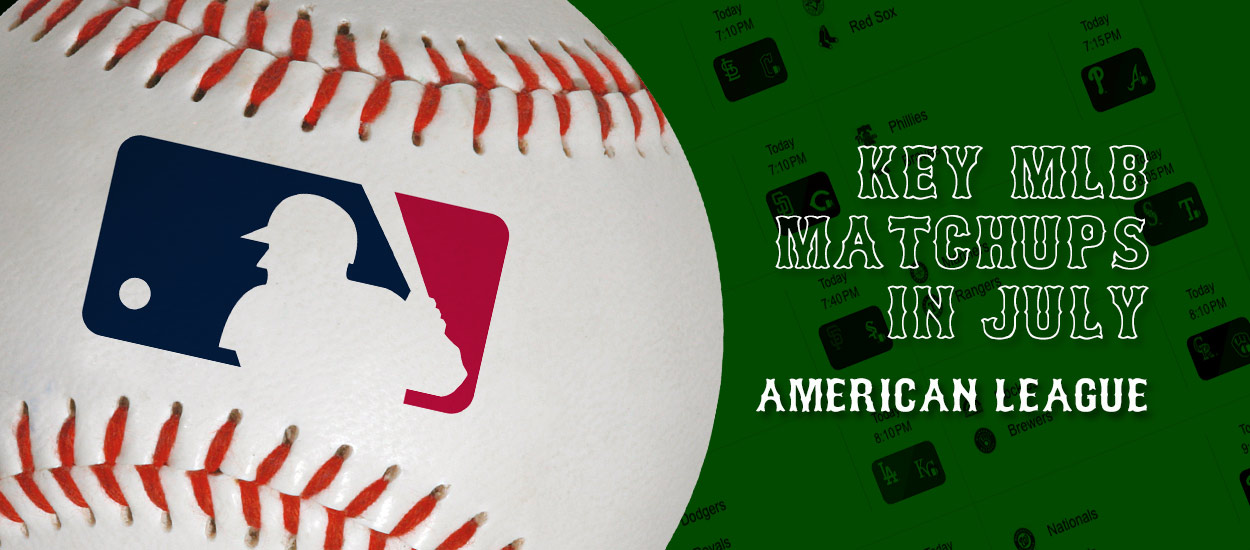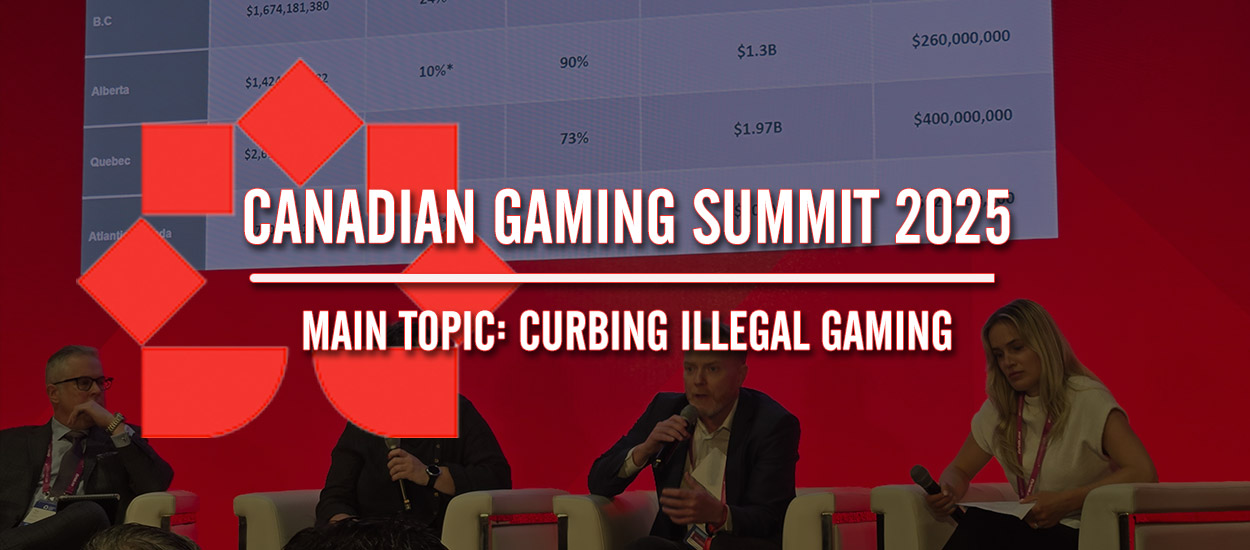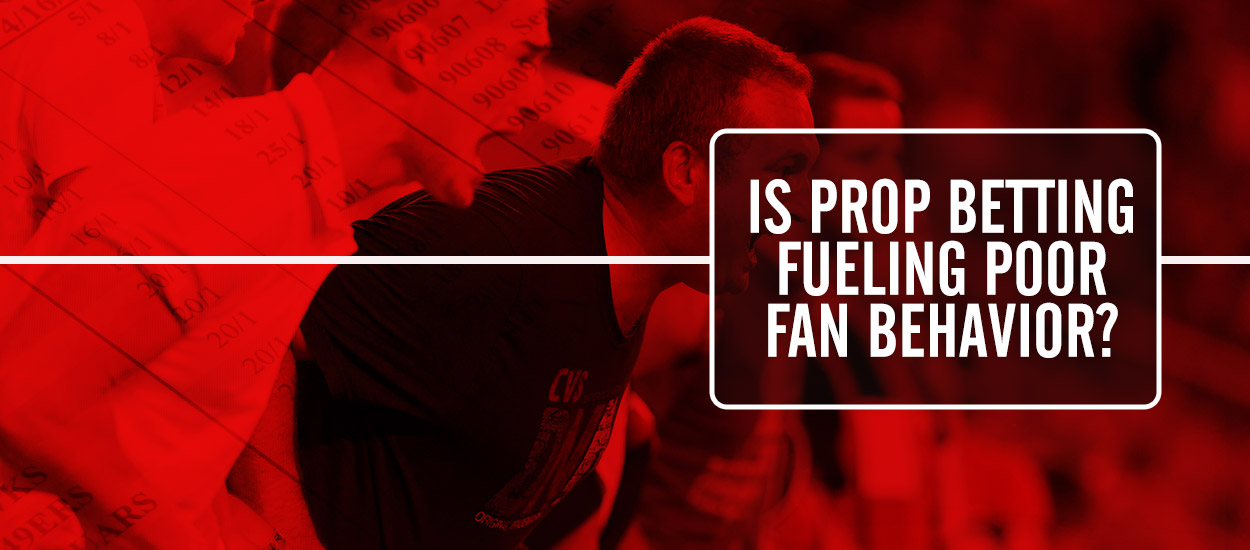Several media sources have pointed out that the number of entries at this year's World Series of Poker (WSOP) has exceeded the total amount of entries for 2013 including almost 6,700 registrants at the main event compared to 6,300 last year. For that reason many of those sources stated that they believe it's an indication that poker is about to make a big comeback in the United States. In fact the WSOP website itself suggested that the amount of entries is "a testament to the health and strength of poker globally." But is that true? There's no disputing that land based participation in poker stateside has started to wane and even interest online poker has been slow. The few poker sites that still do take all U.S. players such as Bodog, Merge and Chico have failed to attract interest even remotely close to the degree that PokerStars, Full Tilt or Absolute Poker did prior to Black Friday and the new state sanctioned poker sites in New Jersey and Nevada have failed to live up to expectations.
So I found it curious that anyone would suggest that the increase in signups at the WSOP would equate to an increase in poker play throughout the United States. I thus decided to talk to a poker analyst and writer for a major poker magazine that I have consulted in the past for some poker articles to get his opinion on the issue. For obvious reasons I won't name the analyst in this article although it should be pointed out that he has been involved in the industry for almost two decades and has been a writer for most of the 2000s. For the sake of this article I will call him R.C. The first and most pertinent question I asked R.C. was whether he saw the amount of registrations for the World Series of Poker main event as an indication of renewed interest in poker stateside.
"That's a silly question. The World Series of Poker is a premiere event and attracts people from around the world including celebrities, doctors, hot shot lawyers, CEOs and pretty much everyone that has come into a bit of money and believes they can play poker. I guarantee you in the end they will lose and 8 of the 9 final seats will be held by poker professionals but everyone can dream. To suggest that some interest in a major competition will generate new widespread interest in a whole industry is inane. It makes about as much sense as saying that some increased interest in the Kentucky Derby is an indication that it will lead to an overall increase in horse racing as a whole. California Chrome's attempt at a Triple Crown generated a lot of viewership for the Belmont Stakes but betting and attendance at U.S. tracks has declined since. We all know that horse racing is a dying industry and a blip here or there for whatever reason won't change that downward trend. If you want to see how poker is really doing now or where it's heading in America look at the casinos. 10 years ago you'd walk into a casino in Vegas and poker rooms were everywhere and filled to capacity. It was the thing to do and was popular with the young and old alike. Nowadays you are hard pressed to find any poker rooms and when you do they are half empty and the limits are way down. If poker was popular do you think casinos would be closing their cash cows? And even in California, the hot bed of poker, poker clubs are struggling."
The next question I asked was what he attributed to the increase in WSOP signups in spite of the apparent decrease in poker play stateside.
 "It's an event. Around half of the participants are the same ones that play every year. $10,000 is not a lot of money to many of them and they will always be participating in hopes of riches and fame. The rest are wannabes who probably avoid poker most of the time but saved up the WSOP Main Event entry fee and hope to cash the guaranteed $10 million. Oh I forgot about that. This year there is a guaranteed eight figure payout to the winner which has certainly sparked interest to some who were on the fence about participating. Aside from that there are a lot of rich people in the U.S. The income gap is widening and that is allowing some of those whose income is increasing to play. Those on the lower end of the income scale weren't going to play at the WSOP anyways. So why is the amount of entries up? Probably because a lot of empty nesters are finding some money to play since they no longer have to support their kids. The biggest demographic at the WSOP is still the 40 and 50 somethings."
"It's an event. Around half of the participants are the same ones that play every year. $10,000 is not a lot of money to many of them and they will always be participating in hopes of riches and fame. The rest are wannabes who probably avoid poker most of the time but saved up the WSOP Main Event entry fee and hope to cash the guaranteed $10 million. Oh I forgot about that. This year there is a guaranteed eight figure payout to the winner which has certainly sparked interest to some who were on the fence about participating. Aside from that there are a lot of rich people in the U.S. The income gap is widening and that is allowing some of those whose income is increasing to play. Those on the lower end of the income scale weren't going to play at the WSOP anyways. So why is the amount of entries up? Probably because a lot of empty nesters are finding some money to play since they no longer have to support their kids. The biggest demographic at the WSOP is still the 40 and 50 somethings."
The next question I asked R.C. is if he can see a turnaround in the industry in the future.
"Sure it's possible and probably will occur. Poker interest is very cyclical. When I first got interested in poker everyone talked about it and the likes of Doyle Brunson and Stu Ungar were known to almost everyone. I was in university and playing poker in dorm rooms was the thing to do. Our favorite games were follow the queen and a game called guts which was high risk but also high reward. And of course we also played Texas hold 'em. Then as I got a bit older poker fell out of favor. No one played it and it was thought of as an "old person's game." Then in 2003 Chris Moneymaker won the WSOP with a cheap satellite and all of a sudden it was the thing to do again, particularly in universities and among 20 and 30 somethings. Now after Black Friday and the UIGEA poker has fallen out of favor in the United States and today's younger generation seems to have lost interest. They seem much more interested in playing computer war games and taking selfies than sitting down for hours and playing cards. At some point poker interest will pick up again but I can't tell you when that will be but one thing I can tell you is it won't be as a result of the WSOP."
R.C. also suggested that even in Europe interest is starting to wane. He admits that poker is doing far better overseas than in the United States for obvious reasons but he believes the numbers are declining which is a major reason that poker sites are seeing declines in revenue and are considering mergers. R.C. also noted that the amount of TV coverage of poker has started tapering off as well which would only occur if viewership was down and the lack of viewers almost certainly coincides with the decrease in real poker play.
I found it curious that someone could be so negative when their livelihood revolves so much around poker but it was also an indication that he is quite aware that any excitement over poker is probably more hope than reality. Everyone who gambles online in the United States can attest to that. For almost 10 years now American gamblers have been seeing their hopes raised and dashed as new bills are introduced to legalize gambling and then are quickly thwarted for one reason or another. And while the DoJ opinion stating that the Wire Act only applies to sports betting was a big boon to poker, there is still no indication that the federal government has any intentions of legalizing poker on a federal level which would allow poker networks between states, something almost every industry analyst agrees is paramount to long term success. And the other problem for American bettors of all sorts that will likely be a hindrance to any poker growth stateside is the reluctance of banks to accept any transactions related to online gambling. I have spoken to a few New Jersey residents who have told me that the only way they can play at WSOP New Jersey or Borgata online is if they fund it directly in Atlantic City. Their banks have made it clear that they want nothing to do with any forms of gambling and they believe that the UIGEA rules allow them to make that choice. And for every bank that will process transactions for legal state run online gambling there are 2 that won't. And one thing the last 10 years has shown is that for most American gamblers if it becomes too difficult to get money to or from an online gambling site they'll just pass.
Ironically, the start of the WSOP tournament also has had many business analysts looking more closely into Amaya Gaming's purchase of PokerStars and Full Tilt for $4.9 billion and some analysts are wondering whether David Baazov, the CEO of Amaya, has lost his mind. In an article posted in the Canadian Newspaper The Globe and Mail, a writer spoke to business analysts who contend that the hefty debt associated with the purchase will be almost impossible to clear unless absolutely everything goes right including a quick passage of a bill allowing for online poker in California and that state allowing the PokerStars brand to operate. Baazov, however, is adamant that it's a gamble worth taking because with the PokerStars and Full Tilt brand Amaya acquired 86 million customers, albeit many are dormant American customers that have not been playing as a result of Black Friday. Nevertheless Baazov believes that most of those will start to play at his site when possible and they have plans to acquire a bunch more customers. Nevertheless some business security companies have begun to downgrade Amaya including Industrial Allied Securities which downgraded their opinion from a buy to a hold with a $23 target price, not far from its current trading price.
So is the increase in the amount of WSOP players from 2013 to 2014 a good sign? Of course it is. But to believe that alone is an indication that poker is about to rebound is foolish. Poker will always be of interest to many but the heydays of 2003-2006 when everyone of legal age seemed to be playing poker in the U.S. is long gone. And one shouldn't expect that to change anytime soon.
Read insights from Hartley Henderson every week here at OSGA and check out Hartley's RUMOR MILL!






































